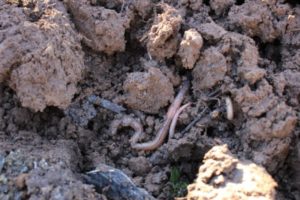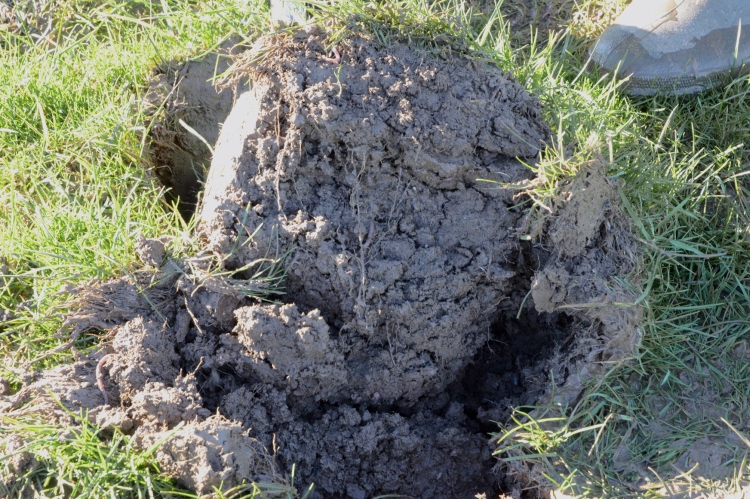Earthworms for Soil Health
30 September 2019Healthy soil will have good biodiversity (biology), optimum pH level and nutrients (chemistry) and good physical structure (physics). By ensuring all three aspects of the soil are maintained, soils can support crop yields and be more resilient to climate change. More recently, new practical indicators of soil biological health such as earthworm abundance have been developed to help farmers have an idea of how their soil biology is doing.
There are three main types of earthworms: epigeic, endogeic and anecic and the presence of all three types of earthworms has many benefits to soil health. For example, earthworms create channels in the soil which allows water to flow and drain, and plant roots  to extend throughout the soil to access nutrients. They incorporate leaf litter and crop residues from the soil surface which can improve organic matter and carbon content. Earthworms are also an important source of food for birds, having a wider ecological benefit beyond the soil. The casts left behind from earthworms improve soil stability and provides a nutrient-rich source of food for microorganisms.
to extend throughout the soil to access nutrients. They incorporate leaf litter and crop residues from the soil surface which can improve organic matter and carbon content. Earthworms are also an important source of food for birds, having a wider ecological benefit beyond the soil. The casts left behind from earthworms improve soil stability and provides a nutrient-rich source of food for microorganisms.
However, earthworm populations are at risk when soils are heavily tilled, compacted or when acidic products such as certain fertilisers are applied. To improve populations, optimum pH levels should be maintained between pH 6.0 and 6.2 on mineral soils. A Visual Evaluation of Soil Structure (VESS) can be performed in-field to check for compaction which can reduce oxygen availability and restrict earthworm growth. Improving soil organic matter content through crop residue incorporation or use of manures provides food and helps retain soil moisture which is also important.
Commercial soil health tests may offer an earthworm count along with advice from an agricultural adviser. Identification and counting instructions are also available for free online. Earthworm counts and identification should be performed in the spring or autumn when the soil is moist and warm.
Technical Note (TN721): “Soil Biodiversity and Soil Health” summarises the importance of improving soil biodiversity to increase soil resilience.
Dr Samantha Dolan for the Scottish Farm Advisory Service
Sign up to the FAS newsletter
Receive updates on news, events and publications from Scotland’s Farm Advisory Service

